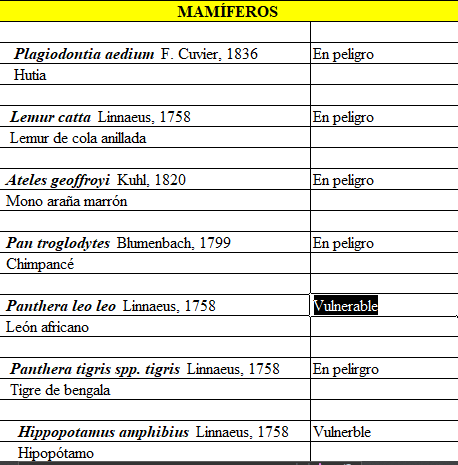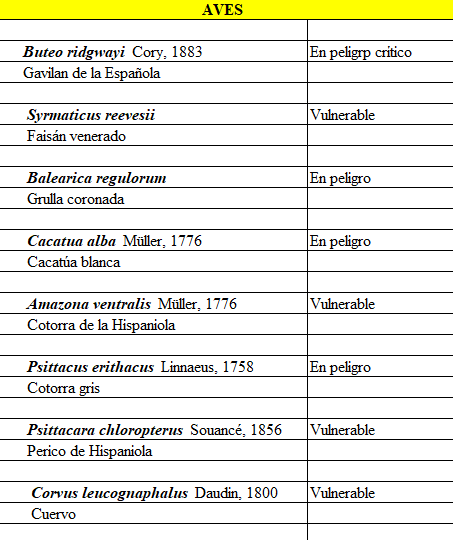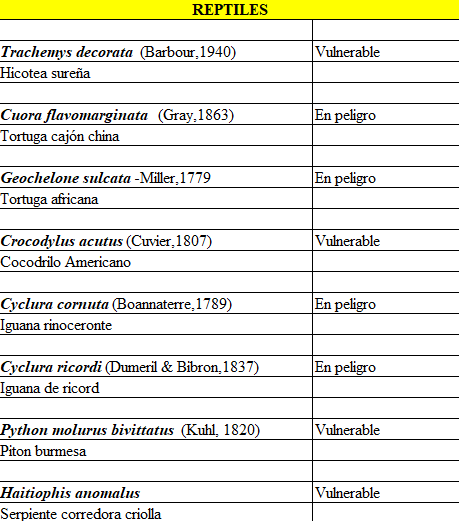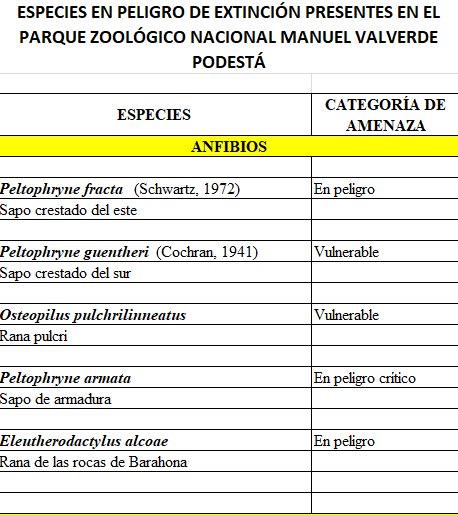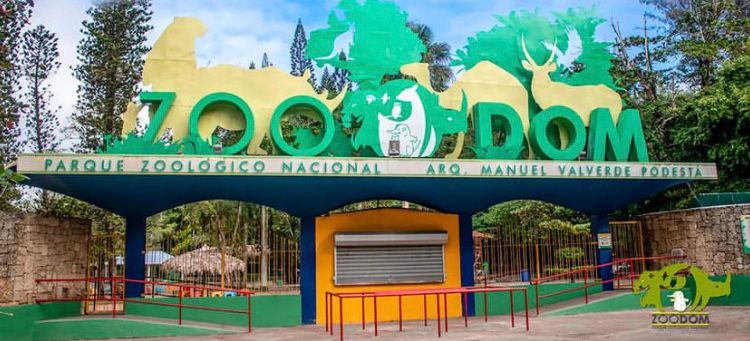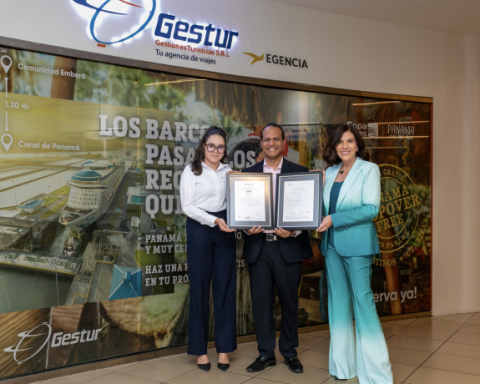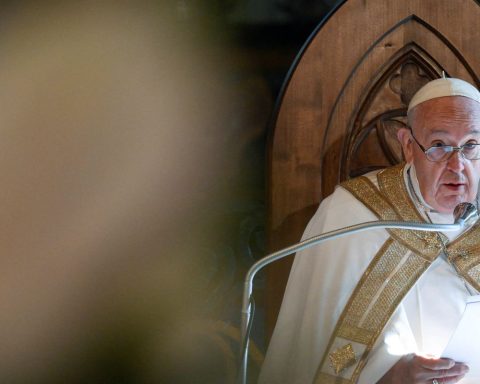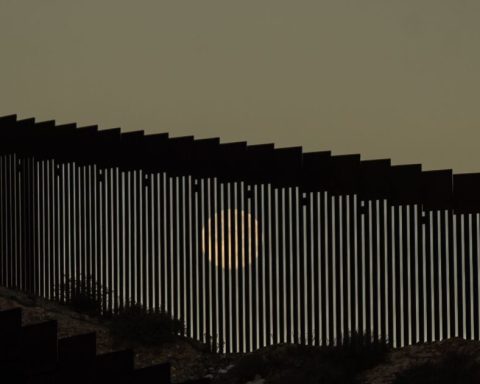Fauna since the beginning of the world has been a key piece for the development and well-being of the ecosystem. The animals they represent the multiplicity not only of a continent but of the entire earth.
In ancient times, the species were captured and hunted as objects of amusement. To this day, animals are a main part of planetary preservation.
On a tour of the Caribbean to the National Zoological Park, it was possible to observe the variety of birds, reptiles, amphibians and mammals, native and endemic that the center conserves.
Flamingos, camels, zebras, rhinos, guaraguao, jaguars, frogs, snakes, buffalo, tigers, lions, chimpanzees, as well as parrots, and owls are part of the 1,002 species that this 1,150,000 square meter park has.

The zoo maintains a clean and organized structure. It has a guided excursion that allows the citizen to enter the biodiversity that moves the fauna.
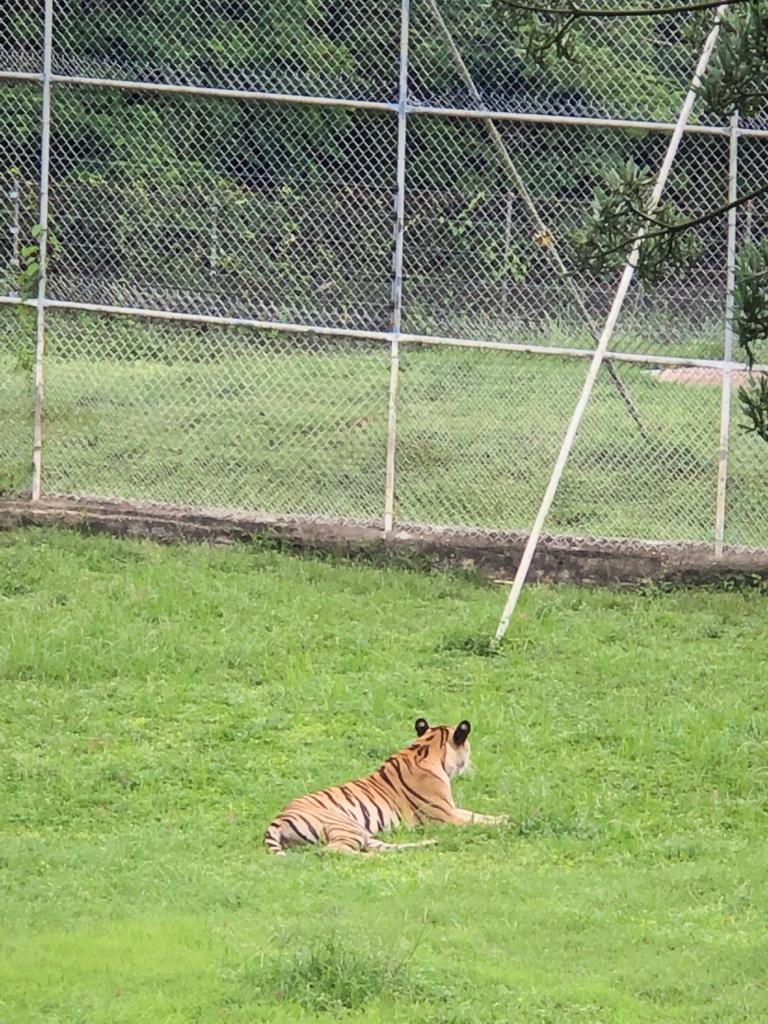
However, for some of the visitors, species such as giraffes and elephants are needed to develop a more exotic route. As well as new updates on the evolution of the animals after their arrival at the park.
“I feel that there are species that can be together so that the animal does not look so alone and the environment so sad, animals like Giraffe and elephant are needed”Henri told elCaribe.
To this was added the comment of another citizen, who indicated that more enriching data on the species should be implemented.
“Some animals are alone, and on the tour the guides do not give the information why, nor do they give data such as how much the species have multiplied since their arrival at the zoo, they should explain it more”.
For her part, the director of the entity, Dr. Patricia Toribio, told elCaribe that she is in the process of acquiring elephants and giraffes for future projections. Even so, she highlighted the difficulty of obtaining these species, and their high cost that limits the budget.
Currently, the National Zoo has a monthly disbursement from the government of RD$7,382,083.33, which is equivalent to 88,585,000 per year.
In the case of solitary species, Toribio together with the veterinarian Tatiana Carreño, and the mammalian biologist, Sara Pabón, pointed out that this happens in 5 of 360 bird specimens, such as the cassowary, King Vulture, who is 44 years old. , and her partner completed her cycle a few years ago. As well as the Muton and some birds of prey.

“We are in the process of acquiring these species. In the case of raptors, we have more specimens, but we cannot put them together to avoid aggression”, he indicated.
Sick animals
Currently the zoo has 5 animals in treatment for injuries and 10 that receive maintenance due to old age.
A very notorious case during the tour is the chimpanzee Linda, who has a special condition since birth, which affects her central nervous system.
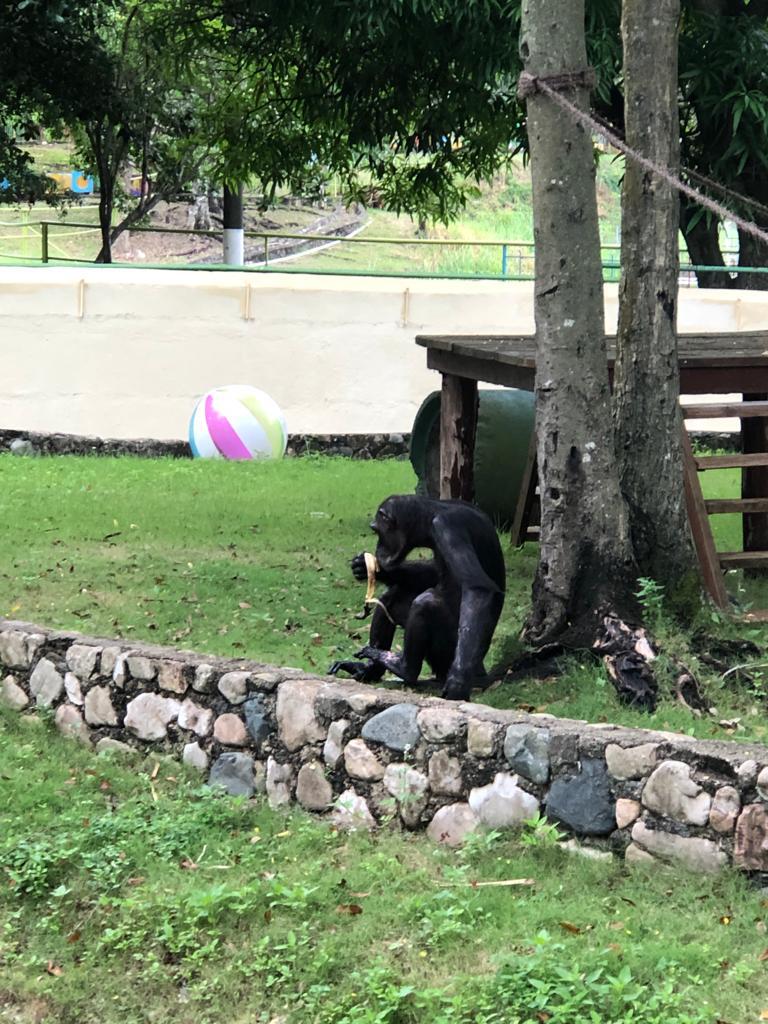
Linda has visual problems, extreme thinness, dermatitis, as well as an abnormal and painful increase in tactile and auditory sensitivity.
According to Zoodom data offered to the Caribbean, 97 treatments have been carried out, mostly due to wounds of the species. Likewise, a total of 14 animal deaths were reported without specifying the estimated time in which they occurred.
Currently the institution has 3 veterinarians, 3 biologists, a senior trainer and a veterinary doctor with a master’s degree in nutrition, who appear on the payroll of 198 employees, who, according to Zoodom, carry out daily rounds to assess the status of all the animals and determine treatments.
As well as the deeper check-ups, which are carried out depending on the species every 3, 6, 12 and 24 months.
Fun facts
According to those in charge of the institution, the most dangerous animal to care for is the hippopotamus, although its appearance is that of a docile animal, it is extremely territorial, so a protocol must be followed.
For their part, the most fragile species are amphibians and bats, since they are environmental indicators, and any change in their display affects them.
Canada
Despite the fact that the zoo maintains a welcoming and clean environment, the bad odors coming from the outside of the canyon make the citizens who visit it very uncomfortable.

The authorities emphasize that they continue to work in the internal part of the campus with weekly cleaning.
´´In the section that touches us, we have a brigade that cleans weekly to keep it as good as possible, “said the institution.
They also point out that the CAASD and the City Council are cleaning up the ravine through the populated area to the outside of the campus.
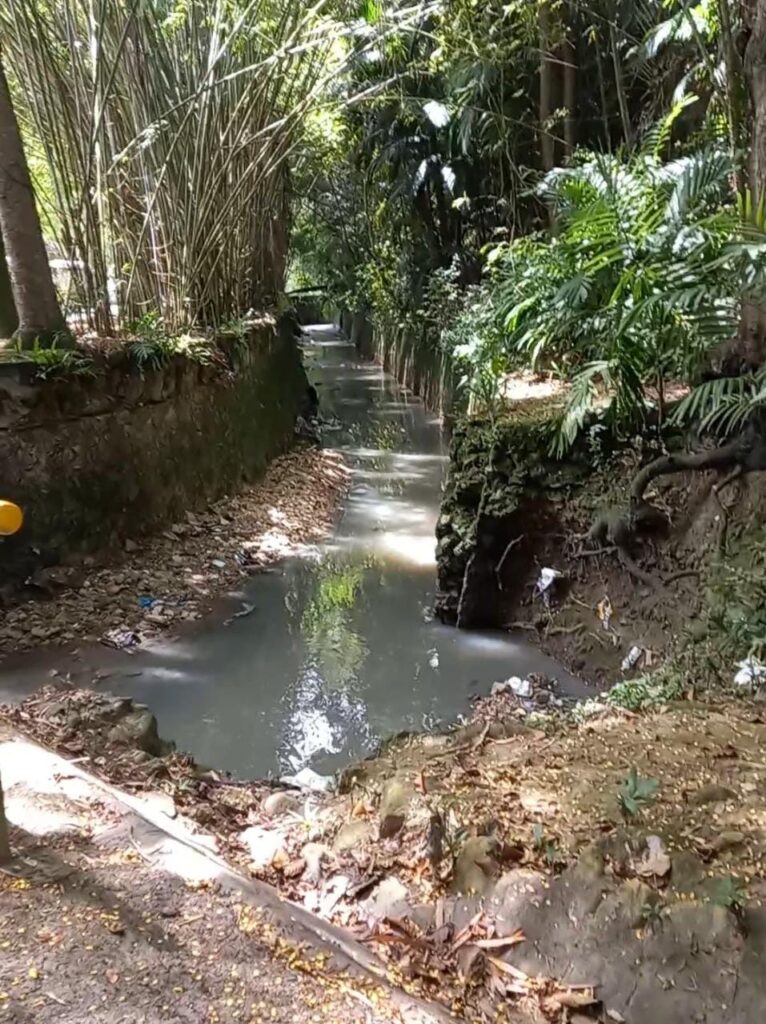
Feeding
At the National Zoo, animals have different feeding rhythms according to their metabolism.
In the case of snakes and crocodiles, they feed weekly, since they have a slow metabolism to digest.
Primates and some birds eat twice a day, and their diet is divided into 2 servings.
For their part, the felines are sustained every other day and the other day they are supplemented. Likewise, ruminants are kept on hay and fresh grass during the day, supplemented with concentrated feed and minerals once a day.
Extinction
All animals in one way or another are threatened, due to multiple factors, such as habitat loss, climate change, human interference, which endanger biodiversity.
In our country, the Hispaniolan Sparrowhawk is the most threatened.
As well as the Sparrowhawk there are other species that are kept in the National Zoo, which are in vulnerability and danger of extinction. Below is a list provided by the entity.
